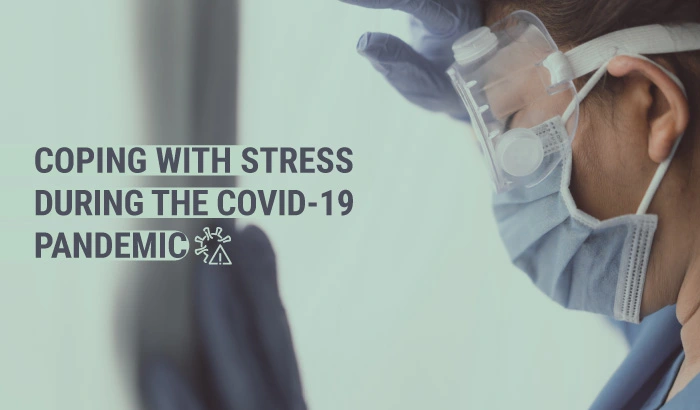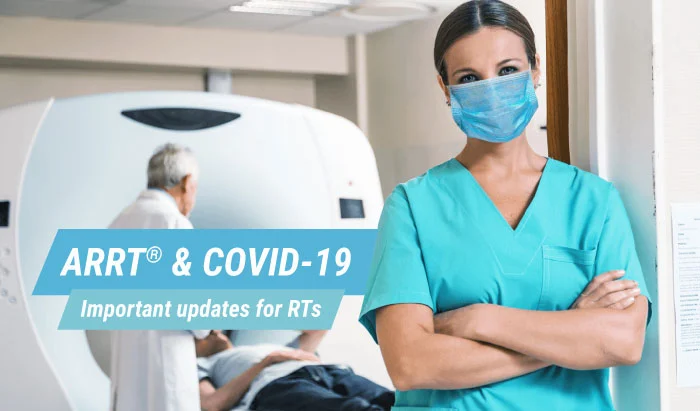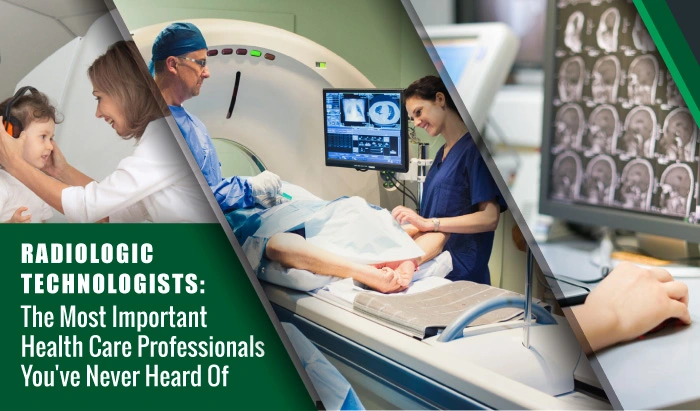What It Means to Be a Mammography Technologist during the COVID-19 Pandemic
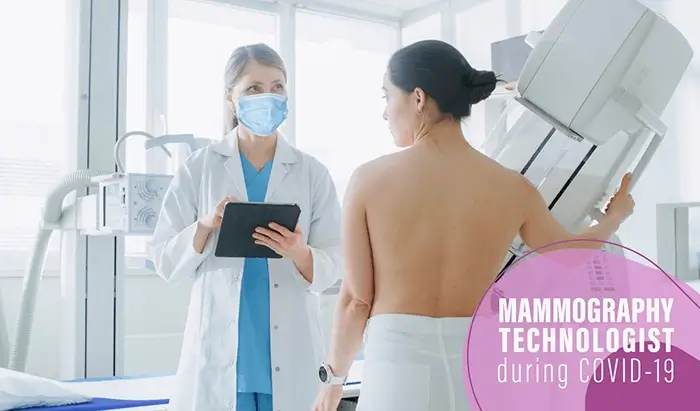


When you think about the medical professionals at high risk of contracting COVID-19, mammography technologists (mammographers) probably don’t come readily to mind, if they come to mind at all. You probably think of doctors and nurses. Or if you read our previous article, maybe you’d think of radiologic technologists performing X-rays and CT scans for patients suspected of having COVID-19. But you probably wouldn’t think of mammography technologists. You’d be wrong not to.
In fact, the first medical professionals to die of COVID-19 in the state of Georgia were mammography technologists.
Mammography technologists (also known as mammographers) are specialized radiologic technologists, and radiologic technologists, according to a recent analysis, are among the workgroups at highest risk for contracting COVID-19 due to the inherent nature of their work.
According to FDA statistics, mammographers in the United States perform nearly 40 million mammograms a year. That’s approximately 100,000 mammograms a day, 100,000 patients a day, 100,000 risks of contracting the virus a day—because maintaining social distancing, a critical aspect of containing the spread of COVID-19, is next to impossible when performing a mammogram.
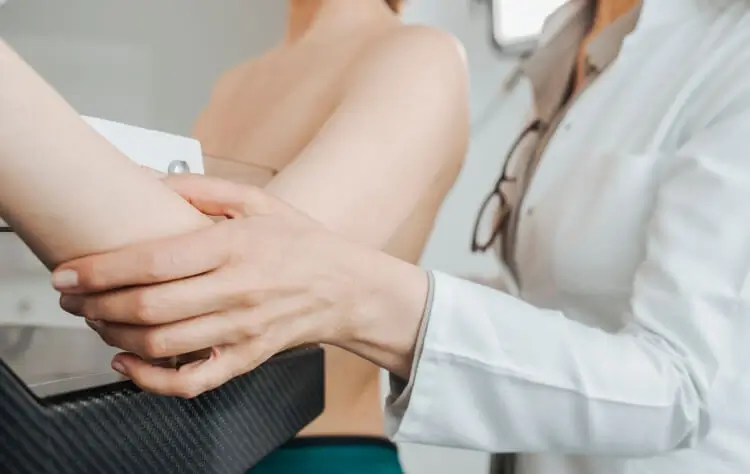
Mammography technologists must be intimately close with their patients to position their bodies, their breasts, their shoulders, their arms to capture quality images of their breast tissue. And patients may run the gamut from a nervous woman going for her first mammogram to the distraught woman who has found a lump in her breast to the woman with breast cancer who is fighting for her life. These women may cry and sniffle, may cough, may groan in discomfort, may be so nervous and insecure about baring one of the most intimate parts of their bodies to a stranger, even a trained medical professional, that they speak in angry fear to their mammographers. Now, these varied but routine interactions so familiar to the mammographers have become charged with the risk of contracting the virus.
And that’s not to mention the other roles mammography technologists play in providing care to patients that place them at physical risk and under immense emotional strain—those of comforter, confidant, consoler, and counselor. Imagine having to weigh the risk of contracting COVID-19 against the benefit to your patient of providing a soothing word, a reassuring touch, a hug to the woman who has been a patient for years and who has finally beaten her cancer, the crying shoulder to the woman who found the terrifying lump in her breast. Now, in the era of COVID, these normal, human interactions could mean the difference between life and death for the mammography technologist. Do you let the woman standing before you bare-breasted and frightened cry alone, despite the mounting evidence of the virus’ easy spread through aerosolized droplets? Can she tell you’re offering a comforting smile or an empathetic expression behind your own mask? Do you ask her to fix her mask before you approach her? When did your job become a risk-benefit analysis? Safety protocols say you minimize interactions. You maintain your distance as she cries, and it kills you. This is not what you signed up for. This is not what you signed up for.
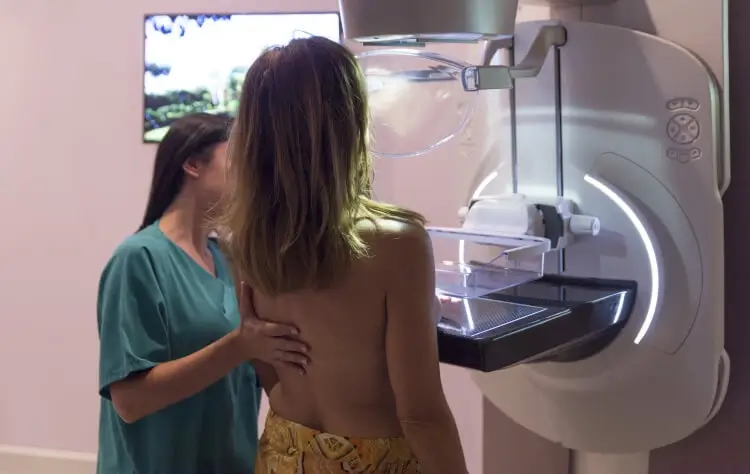
“I’ve become a mask Nazi,” Suzanne, a mammographer working in screening and diagnostic breast imaging at a healthcare organization in Virginia, told Medical Professionals in an interview. “If a patient doesn’t have their mask on properly, I make them fix it. Or change it out for a surgical mask.” The pandemic not only made Suzanne vigilant about her patients’ masks and her own, but it changed the way she interacts with patients. “I just don’t make much small talk anymore,” she admitted, citing the dangers of being in a closed environment with a potentially COVID-19 positive patient for 15 minutes or longer. She began conducting mammograms in ten minutes, making it difficult to attend to patients’ fears, concerns, and emotional states with any depth of interaction.
In acknowledgment of the risks mammography technologists face, the American Society of Breast Surgeons (ASBrS), the National Accreditation Program for Breast Centers), the National Comprehensive Cancer Network (NCCN), the Commission on Cancer (CoC) of the American College of Surgeons, and the American College of Radiology ACR) issued a joint statement in April of 2020 that recommended halting all screening mammography until the pandemic has passed. Only patients with life-threatening conditions and those in need of urgent treatment should still be seen, thereby significantly reducing the number of patients with whom mammography technologists will interact and reducing the risk of medical personnel contracting COVID-19. And many facilities followed these recommendations. According to a study recently published by the EPIC Health Research Network, mammography screenings have plummeted precipitously, by as much as 94% in March 2020 as compared to March 2019. Another study published in July in JCO Clinical Cancer Informatics, found that screening mammograms decreased by nearly 90% in April 2020 as compared to April 2019.
With breast imaging volume so reduced, many breast care facilities closed their doors. Some mammographers were sent home from work for weeks. Those technologists holding other radiologic certifications may have been sent to other departments where imaging volume required more technologists.
Suzanne was one of many mammographers to be laid off when the screening department where she works closed from the end of March to early June. She filed for unemployment and stayed home.
But now, facilities are re-opening their doors for screening mammography. In a recent article addressing the rebound in volume of screening mammograms, Diagnostic Imaging cites a study conducted by Volpara Solutions, a breast imaging analytics company, that found 78% of hospitals and imaging facilities providing mammography services in the United States have begun to conduct screening mammograms again. The center where Suzanne works is among them. While she was ready to go back to caring for patients, she was concerned about encountering the virus at work, especially given that the US has seen the count of COVID-19 cases rising again. But she had her masks, her ten-minute protocols.
And then Suzanne tested positive for COVID-19.

She had been working for days before she became symptomatic. The illness, she said, was unlike anything she had ever experienced before. And while she dealt with the physical symptoms of COVID-19, she carried an emotional burden, as well. She had performed mammograms for 23 patients before symptoms of the virus manifested. “I felt so bad for my patients,” she said. “They were coming in thinking they were safe, when in reality they weren’t.” The facility contacted the patients and placed Suzanne on leave for quarantine. She is in the last days of recovery and quarantine now and does not yet know if any of the patients she treated contracted the virus from her. She returns to work in a few days and will find out then if any of her patients were infected.
There are just shy of 49,000 mammography technologists registered with the American Registry of Radiologic Technologists® (ARRT ®) organization, according to the organization’s August 2020 census. And that number does not include those mammography technologists who are not registered with the ARRT ® organization. How many of them have already had similar or worse experiences during the pandemic? How many more will?
What does it mean to be a mammography technologist returning to work during a resurgence of COVID-19 cases across the nation? As facilities reopen while the pandemic rages on, how will they protect themselves, their loved ones, and their patients, a portion of whom are extremely vulnerable, amidst a protracted personal protective equipment (PPE) shortage that may, according to a recent article published in The Guardian, persist for years? How will they manage the massive backlog of mammograms, some 100,000 having accumulated each day that facilities had suspended annual screenings?
The short answer is: we don’t really know yet. And we can only imagine how terrifying, how overwhelming that answer is for mammography technologists.

